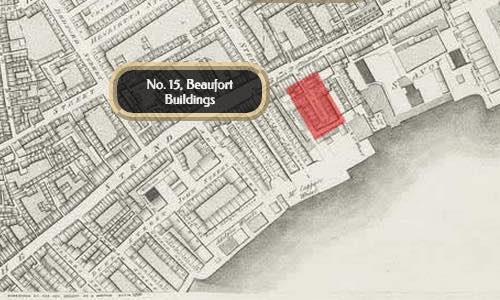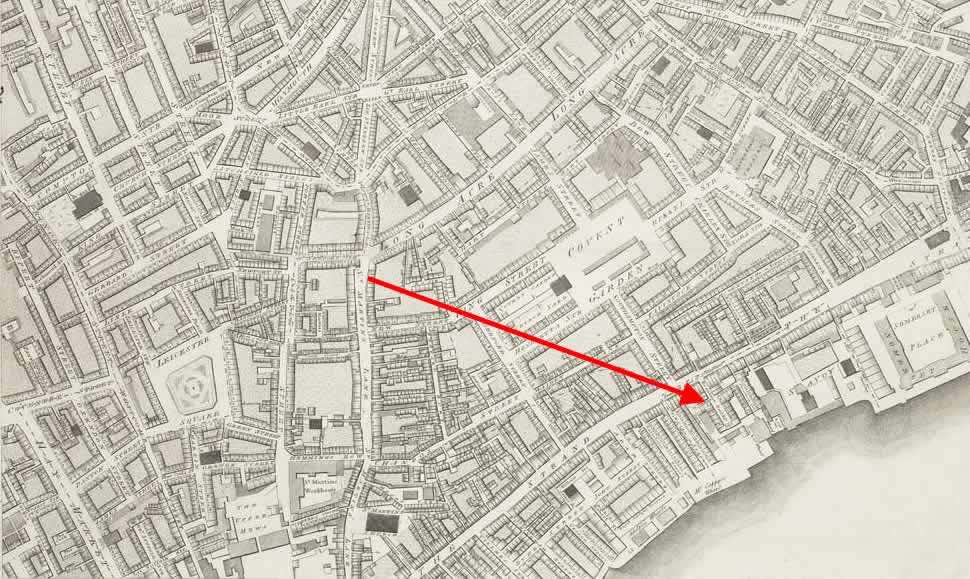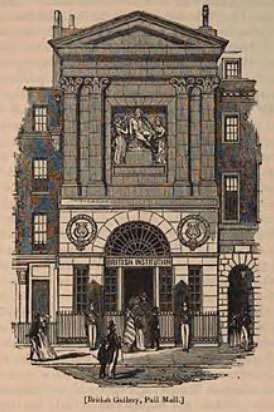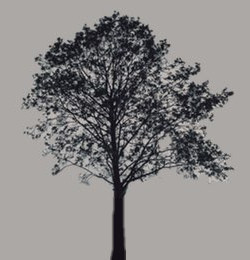20 February 1818: Pall Mall Pictures & Delicious, Diligent Indolence
British Gallery, No. 52 Pall Mall, London


On this day, or slightly before, Keats sees an exhibition at the British Gallery (also known as the Pall Mall Pictures Galleries or British Institution, and formerly the Shakespeare Gallery). He views a few indifferent contemporary paintings.

This month, Keats, aged 22, resolves to escape the poetic and egotistical pinings
of his
contemporaries (William Wordsworth and Leigh Hunt in particular) for the more direct pleasure
of older poets and poetry. On this account, he may be taking the lead of his friend
Benjamin Robert Haydon but, more likely, the critic
and essayist (and acquaintance) William Hazlitt,
whose lectures on English poets he has recently attended (on 10 and 17 February).
To his
younger brothers Tom and George, he reports attending Hazlitt’s talks and seeing friends at them. Keats also mentions that Wordsworth recently left London—Keats met with
the famous poet a few times—but with his egotism, vanity, and bigotry,
he left a bad
impression
around town, yet he is a great Poet if not a Philosopher.
This clearly
captures one aspect of Keats’s deep ambivalence about Wordsworth as he attempts to
separate
the man from his work; this ambivalence is also rooted in Keats separating one prized
aspect
of Wordsworth’s poetic character from another he rebukes—genuine poetic depth that
explores
nature, loss, and shared human suffering vs trivial and self-indulgent topics channeled
through an overbearing subjectivity.
In a letter to his good friend John Hamilton
Reynolds written 19 February, Keats, perhaps in the spirit of escaping those
contemporaries, and with the beauty of the morning operating on a sense of Idleness,
explores the notion of indolence.
He turns his thoughts on the condition to suggest a
promising state closer to musing upon, wandering with, and positively enjoying a grand or
spiritual passage
of poetry or writing. Keats comes up with a poetically potent little
phrase—delicious diligent Indolence.
Keats’s playful musing ends with a rambling
attempt to portray human life, seeking, and friendships in extended metaphors of spiderwebs,
flowers, buzzing bees, and a grand democracy of Forest Trees.
His quasi-conclusion:
let us open our leaves like a flower and be passive and receptive.
In one way, this
clearly echoes the idea of wise passiveness
in Wordsworth’s poem Expostulation and Reply,
but it also
expresses a crucial concept for Keats: the imaginative ability to assume or become
whatever
comes to us—to patiently become the subject, and to let its complexity or simplicity
be the
guide to poetic expression, regardless of the conflicting, contradictory, or even
unknowable
nature of the subject.
Just more than a year later, during his extraordinary period of composition, Keats
massages
parts of these ideas about idleness and indolence into a good poem: Ode on Indolence. In working up to the
poem, the state as he describes it in a letter (19 March 1819) sounds something very
much like
meditation, with mind and body unbent as one: in this state, he writes, the fibers of the
brain are relaxed in common with the rest of the body, and to such a happy degree
that
pleasure has no show of enticement and pain no unbearable frown.

